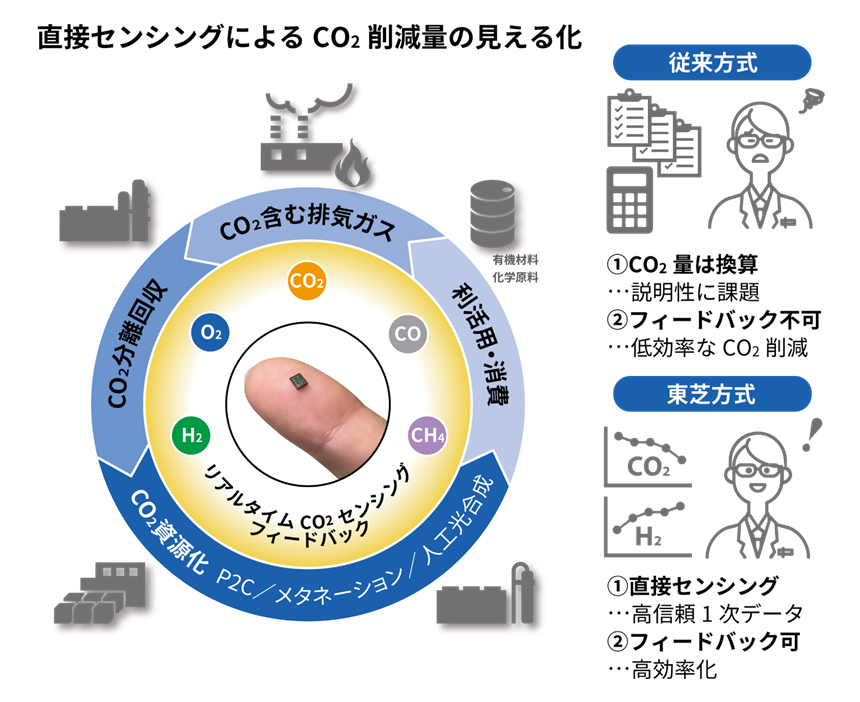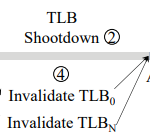2023-06-26 インペリアル・カレッジ・ロンドン(ICL)
◆これまでのドローンは高温に耐えられず、近距離での飛行が制限されていました。しかし、FireDroneの開発により、消防士が火災現場に進入する前に重要な情報を収集できるようになりました。
◆FireDroneは試作段階ですが、実際の消防活動で使用され、多くの命を救う手助けができると期待されています。研究チームは、今後さらに小型化やセンサーの追加を行い、ドローンの性能向上を目指しています。
<関連情報>
- https://www.imperial.ac.uk/news/245718/heat-resistant-drone-could-scope-burning-buildings/
- https://onlinelibrary.wiley.com/doi/10.1002/aisy.202300101
ファイヤードローン 火災現場への侵入に耐えるドローンを開発 FireDrone: Multi-Environment Thermally Agnostic Aerial Robot
David Häusermann, Sam Bodry, Fabian Wiesemüller, Aslan Miriyev, Severin Siegrist, Fan Fu, Sabyasachi Gaan, Matthias M. Koebel, Wim J. Malfait, Shanyu Zhao, Mirko Kovač
Advanced Intelligent Systems Published: 13 June 2023
DOI:https://doi.org/10.1002/aisy.202300101

Abstract
Deploying robots in extreme environments reduces risks to human lives. However, robot operating conditions are often limited by environmental factors such as extreme temperatures encountered in fire disasters or polar regions. Especially drones face challenges in carrying thermal management systems protecting vital components, due to limited payload capacity compared to ground robots. Herein, a thermally agnostic aerial robot comprising structural thermally insulating material and a phase change material cooling system, inspired by natural thermal regulation principles, is designed, modelled and experimentally validated. Building on the robot development paradigm of physical artificial intelligence, the concurrent development of materials and design enables the creation of novel physiologically adaptive systems. Polyimide aerogel is applied as one of the main structural materials in the drone’s design to adapt the robot’s structure and properties to extreme temperatures. Glass fiber reinforcement with silica aerogel particles reduces high-temperature shrinkage and pore structure degradation after exposure to high temperatures and most of the composite aerogel features are preserved. A high technology-readiness-level drone prototype, allowing for operation in a broad range of ambient temperatures, is demonstrated. The proposed technology for thermally agnostic drones may unleash the great potential of aerial robotics in multiple industrial and research applications.



